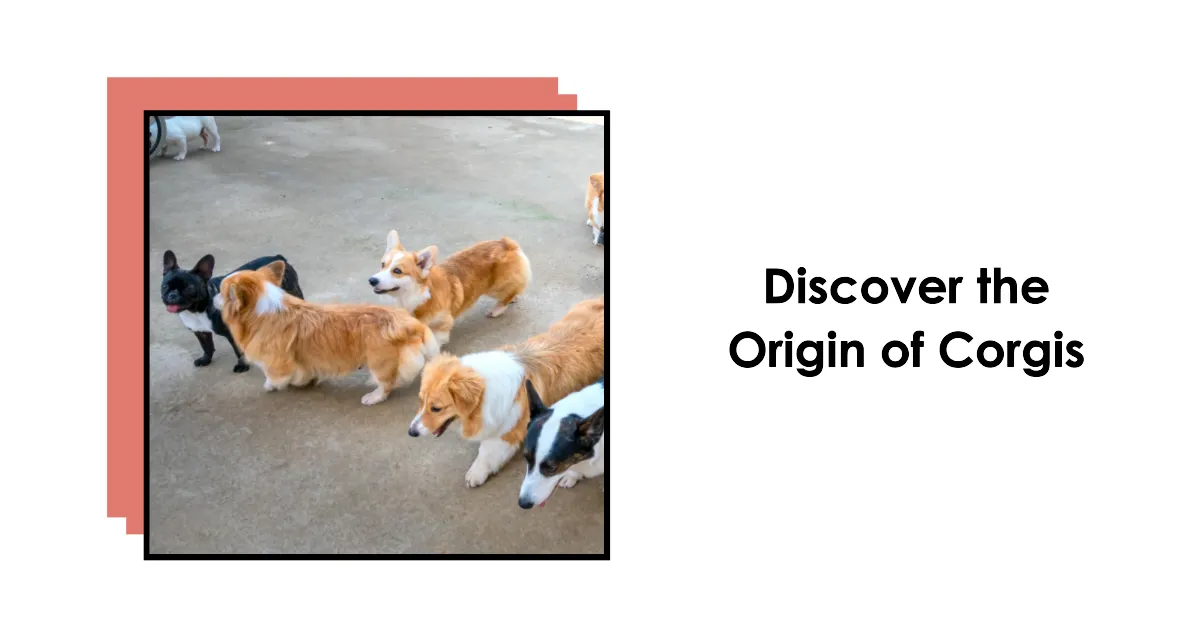22 Facts About The Long-haired Corgi AKA The Fluffy Corgi

Long-haired Corgis, in particular, are rare but highly in demand because of their cute longer body type. But what more is there to the long-haired version of Corgis? Let’s find out
Difference Between the Long-haired and Short-haired Corgi
Apart from the length of the hair, these corgis are the same in all other respects. The long-haired variety is commonly known as “a fluffy”. It has a recessive gene that is known as the fluff-gene. The recessive gene manifests as a coat mutation. This gene can occur in both Pembroke Welsh Corgis and Cardigan Welsh Corgis.
Similarities Between the Short and Long-haired Corgi
Both breeds have the same ancestry, and they have the same behavioral patterns. These include-
- Being boisterous and jovial
- Having a loud bark
- Being excellent working dogs
- Shedding twice a year
When it comes to their health issues, they also tend to suffer from the same illnesses and conditions. For example, both breeds are susceptible to hip dysplasia. This is a joint condition that typically affects the hind legs. The joint in the leg is not able to fit into the corresponding socket leaving the dog lame and unable to move around. It is an excruciatingly painful condition but it can be resolved through surgery.
Other conditions affecting both varieties of Corgis are Degenerative Myelopathy (DM) and Intervertebral Disc Disease (IDD). Both conditions affect the low-lying, elongated spine of the breed. In the case of DM, the spinal cord progressively degenerates until the dog becomes paralyzed. On the other hand, the Intervertebral Disc Disease affects the spinal cord causing them to rupture. It can also cause lameness and paralysis.
Both varieties are also prone to Von Willebrand Disease, making them unable to clot blood. A small cut could prove fatal for dogs with this condition. Corgis genetically predisposed to the Von Willebrand disease can be diagnosed with the disorder as young as three to five years. This makes it easy for you to manage the disease allowing your dog to live a healthy, active life.
You should also expect cataracts and glaucoma, which are eye conditions that affect the lens of the eye. Without treatment, they can result in blindness. They also both suffer from epilepsy, a neurological condition characterized by seizures. With early intervention, this condition can be successfully managed.
Here are 22 interesting facts about them-
Fact #1
The fluffy Corgi is created from a recessive gene.
Fact #2
They were developed as herding dogs to nip at the heels of livestock and drive them in the required direction.
Fact #3

A long-haired Corgi can be a Pembroke Welsh Corgi or a Cardigan Welsh Corgi.
Fact #4
They have a double coat even though they have longer hair on the topcoat.
Fact #5
Their coats come in the same colors as short-haired Corgi’s.
Fact #6
They need washing every six weeks to keep their coat clean and fluffy.
Fact #7
They can trace their ancestry to Vikings and Celts.
Fact #8
They can shed a bit more than the regular Corgi. Both breeds shed profusely twice a year in what is known as blow coat. This is the shedding of old hair seasonally to make room for new growth. It typically happens in winter and summer.
Fact #9
These Corgis grow hair underfoot on their paws which needs to be trimmed regularly.
Fact #10
They need to visit a professional groomer twice a year to get a proper haircut and a thorough cleaning.
Fact #11
Corgis, in general, long and short-haired varieties, are meticulous about maintaining self-cleanliness.
Fact #12
They love cuddles just as much as their short-haired brothers.
Fact #13
These dogs have a life expectancy of 12 to 15 years.
Fact #14
Long-haired corgis can occur as part of a litter with short-haired brothers and sisters.
Fact #15
They are prone to separation anxiety, just like the regular Corgi.
Fact #16
Pembroke Welsh Corgis can be born tailless, while the Cardigan Welsh Corgi tends to have a long and lush tail like a fox. The backside of a Corgi without a tail looks like a loaf of bread.
Fact #17
Corgis are not hypoallergenic. So, they may not be suitable for someone who has allergies.
Fact #18
Generally, Corgis are smart, eager to please, and obedient dogs. They are excellent with kids.

Fact #19
They fit well in a multiple pet household and especially love other dogs as part of their pack.
Fact #20
Long and short-haired corgis have prominent personalities. They tend to have a loud, human-like character and like to be the life of the house or party.
Fact #21
The Corgi is an exceptional watchdog in addition to being excellent herders. They are the perfect definition of a working dog.
Fact #22
Queen Elizabeth of England has owned more than 30 Corgis since 1945. She had even developed a corgi mix known as the dorgi. It is a mix of her faithful Corgi and a Daschmund.
Frequently Asked Questions
Are long-haired Corgis costlier?

Yes, they are. They are not very common, but there is very high demand. They could cost you up to $2500 for a pup, whereas the regular Corgi will set you back only $600 to $1000.
Should I be concerned about the breeder?
You should be careful to get your long-haired Corgi from reputable breeders. Do not buy one from pup mills and rescues. Some breeders are more concerned with the coat length than the temperament and health profiles of the dogs. When you are getting your pup, make sure that they give you family history, vaccination records, and results from genetic marker tests that rule out a predisposition to conditions like Von Willebrand Disease and others.











